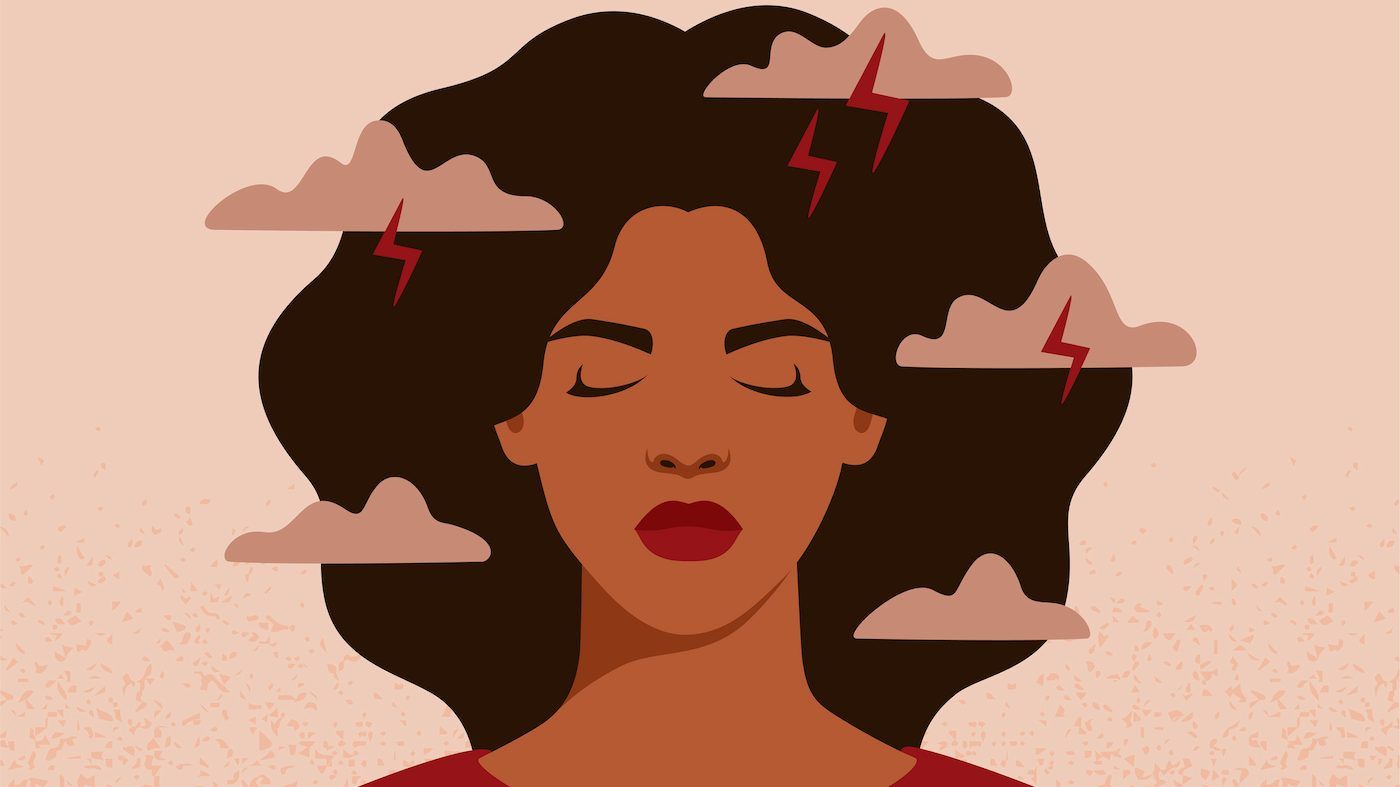“the degree of education health-care providers receive on migraine just perpetuates this cycle of lack of access to care and then it feeds into the stigma because then we see migraine as invisible, something that ‘hysterical women who like to whine’ get,” leroux told healthing.
the dearth in awareness means many general practitioners aren’t aware of the advances in migraine treatment, and headache specialists who would be up-to-date on research are few in number. plus, delays in getting access to a headache specialist — for mrozek it took a year to get an appointment — puts more barriers in the way of people experiencing chronic pain.
what does a migraine feel like?
while a headache is an obvious symptom of a migraine, these attacks can also come with several other categories of symptoms, explains leroux. hypersensitivity to lights, sounds or smells; gastrointestinal symptoms like nausea; pain in other areas of the body like the jaw or neck; cognitive symptoms like brain fog; and emotional responses like irritability.
“it’s usually one side of my head that i felt throbbing, and it came in waves,” mrozek says of her migraines. “ … my neck and my shoulders would be tense, so that didn’t help, as well as light sensitivity, smell, sound.
 8 minute read
8 minute read















